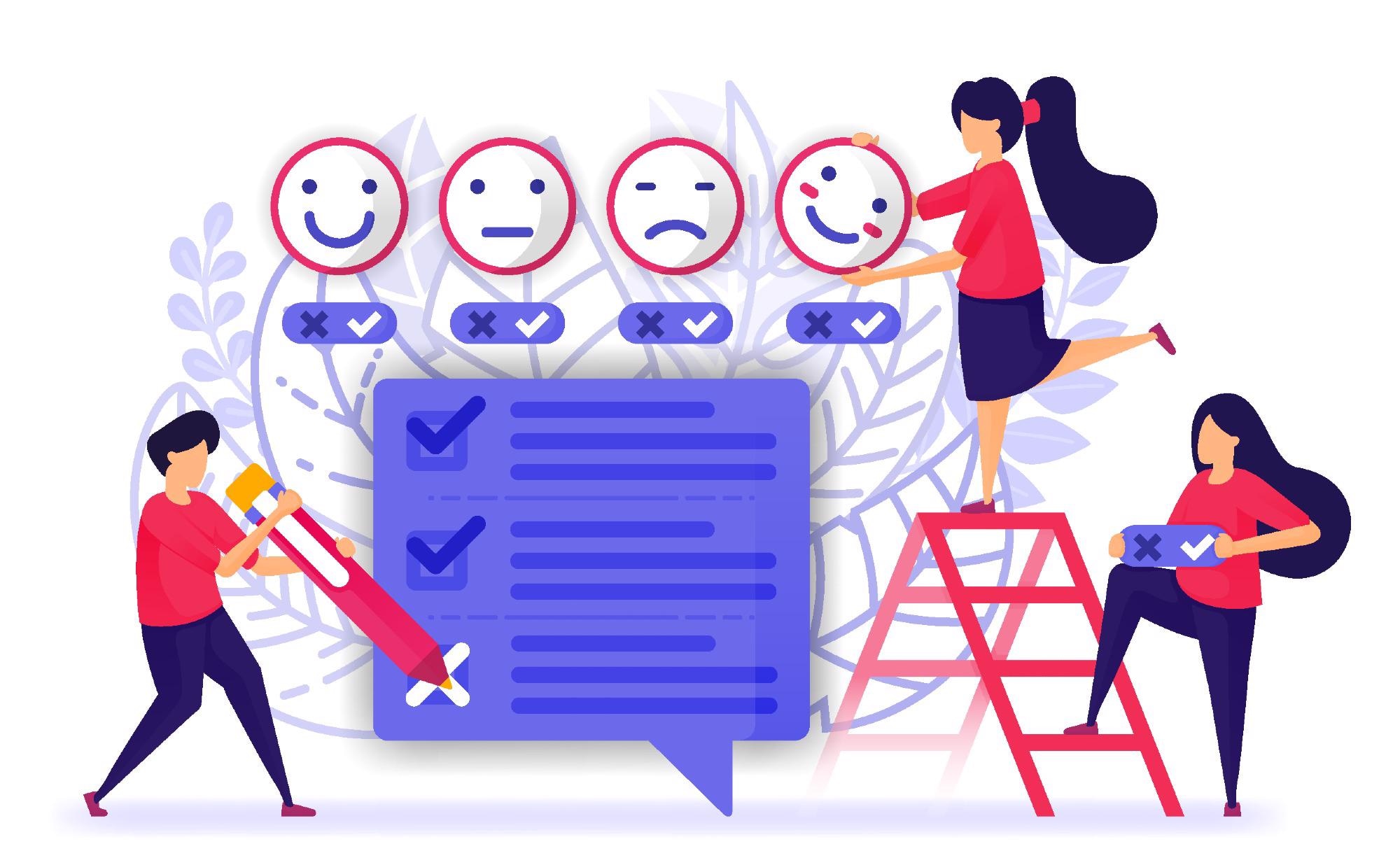Research investigating the relationship between work has demonstrated that work plays a central role in health. It is instrumental in providing a means of living, with wages and benefits, and the ability to shape life opportunities and resources for individual workers families, and communities. Good working conditions can enhance well-being, life satisfaction, and resilience.
Conversely, working conditions, ranging from job demands to psychosocial experiences, may result in injury and illness, with subsequent long-term effects as a result of increased risk of chronic disease and mental outcomes. Increasingly, research is being conducted to determine how work functions as a social determinant of health.
In a study published in the Journal of Social Science and Medicine, the authors outlined a series of factors that influence work, safety, health, and well-being.

Image Credit: Roman Samborskyi/Shutterstock.com
The Effect of Organizational Policy on Job Health
Organizational policies programs and practices of positioned as important points of intervention that can improve work conditions, subsequently improving worker safety, health, and well-being. Studies that have examined organizational change have demonstrated that policies possess the ability to modify conditions of work to support workers' health and well-being.
Practices that encourage participation enable workers to identify challenging working conditions that influence change, subsequently enabling greater worker agency and control. Stable scheduling and staffing practices are considered to be an example of organizational change that promote good job health and well-being.
The Organization of Work and Health
The increased globalization has resulted in increased production pressures on workers; subsequently, this intensifies the workload and the pace of work. This effect is felt most strongly in part-time, or shift workers who typically have limited control over their place of work, have few support systems to lean on in the workplace and are hired in periods of high demand.
Cumulatively, these factors are associated with injury, risk, and threat, to health. This problem is exacerbated in the absence of regulations and enforcement to ensure minimum standards; in the absence of these, that is an increasing likelihood that employers will offer fewer benefits, less protection, and lower pay.
The Influence of Job Design on Health
How a job is designed, which is comprised of the tasks, work processes, demands, hours, and the physical, cognitive, and emotional impacts, influences health, safety, and well-being outcomes, affects health. As a result of changes in the distribution of work, as well as the use of telecommuting employment in the service sector has increased, alongside non-standard working arrangements. Consequently, workers must endure less predictable scheduling, with either increased or inadequate hours.
Moreover, there is an increased culture of “always available”, alongside a demand to multi-task, which split attention and focus, with implications on worker health. The burden of this is thought to be eased by emerging technologies and task automation that enable workers' skills and task requirements to be optimized.
The Physical Condition of Work and Impacts of Health
Occupational safety and health typically concern protecting workers from exposures to physical, chemical, and biological hazards. Through the adoption of new technology, the exposure to these hazards will change as a result of interfacing humans and machines, while also introducing innovations in risk assessment.
Alternative Work Arrangements and Health
In non-standard work arrangements, in which individuals are contracted all positioned as outsourced workers, employers often limit statutory responsibilities and financial liabilities while increasing their ability to work flexibly, and there is a blurring of lines concerning how accountable employers are for workers health and safety.
However, some workers receive benefits by way of flexibility, increased autonomy, and an improved work-life balance, particularly for those with family responsibilities.
The Effects of Employment Stability on Health
Employment stability is another factor that influences the healthiness of jobs. Shifts in the stability of employment can result in precarious and temporary work, potential unemployment, and job turnover. Employment stability is predicted to change with time as a result of increased automation, and the implementation of new technologies. Indeed, workers can suffer the loss of jobs or reduced wages due to the adoption of new technology.
These unstable shifts create income instability and insecurity, stress related to employment between jobs, and fewer options for health benefits. Moreover, temporary workers are unlikely to receive training and are therefore more vulnerable to workplace hazards than long-term employees.

Image Credit: Nakigitsune-sama/Shutterstock.com
The Effect of Job Satisfaction on Health
Psychological hazards are increasingly becoming emergent in research related to the effects of work on psychological while being. Psychological hazards include the interaction of organizational aspects search as job description, management of the organization, environmental conditions, and respect for employee needs, which subsequently affect the health of employees.
Work-related stress is considered to be a psychological hazard in the workplace; the level of job satisfaction can act as a determinant of individual health outcomes, with reduced satisfaction causing decreased employee productivity and poor organizational outcomes.
In a cross-sectional study among 567 women, researchers found that there was a link between job satisfaction and the health status of employees.
With regards to how healthy a given person's job there are various factors to consider these range from social-political-economic considerations such as increased globalization and adoption of technology, to employment and labor patterns, as well as the conditions of work. Moreover, there are variations among individuals with regards to work pattern preferences (self-employed, flexible hours, shift work, contract employment, etc.), areas of interest, and preferred ways of working.
Ultimately the health of a job is highly dependent on employer and employees, with more research needed to examine the changing nature of work, and increased focus on diverse populations of enterprises and workers. This research will be useful in determining changes to how work is structured, experienced, and managed, and can inform policies and practices to be implemented to protect and promote workers' safety and health.
References:
- Sorensen G, Dennerlein JT, Peters SE, et al. (2021) The future of research on work, safety, health, and wellbeing: A guiding conceptual framework. Soc Sci Med. doi:10.1016/j.socscimed.2020.113593.
- Burgard SA, Lin KY. (2013) Bad Jobs, Bad Health? How Work and Working Conditions Contribute to Health Disparities. Am Behav Sci. doi:10.1177/0002764213487347.
- Shields M, Dimov S, Kavanagh A, et al. (2021)How do employment conditions and psychosocial workplace exposures impact the mental health of young workers? A systematic review. Soc Psychiatry Psychiatr Epidemiol. doi:10.1007/s00127-021-02077-x.
- Braveman P, Gottlieb L. (2014) The social determinants of health: it's time to consider the causes of the causes. Public Health Rep. doi:10.1177/00333549141291S206.
- Brydsten A, Hammarström A, San Sebastian M. (2018) Health inequalities between employed and unemployed in northern Sweden: a decomposition analysis of social determinants for mental health. Int J Equity Health. doi: 10.1186/s12939-018-0773-5.
Further Reading
Last Updated: Jan 18, 2022